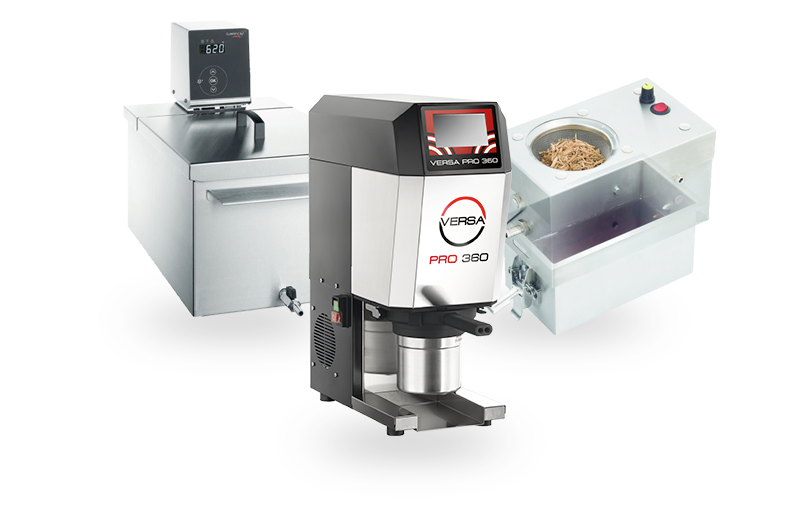HACCP & Sous Vide, Separating Myth from Science for Safety
Sous vide cooking is, in some ways, a mythical alchemy which appears to break long-held rules of food safety and a conventional understanding of how food is cooked.
While the basics of proper cooking remain true, their application to sous vide is sometimes misunderstood. Food borne illness is a real risk but many industry standards have been created so that even the least educated kitchen staff can safely prepare all manner of foods. The real goal of USDA safe cooking guidelines is to ensure that only one of every 10,000,000 bacteria survive and that can be accomplished with a proven combination of time and temperature (detailed on www.fsis.usda.gov). What makes sous vide so effective is the use of both.
The key to achieving–and verifying–that your technique is safe, is the creation of an HACCP plan that provides a comprehensive health department accepted health code variance. Far from fairy-tale, this personalized document relies on seven principles to identify, correct, test and confirm safe results. More importantly this plan is traceable and limits the liability of the establishment if adhered to.
So, don’t believe the mythology, follow the science to achieve a perfect ending every time.
The Minimum Cooking Temperature Myth
The FDA offers guidelines for cooking beef to a minimum temperature of 145° F, pork to 160° F and chicken to 165° F, yet sous vide uses temperatures far-below those guidelines, so how is this magic possible?
In a sample of millions of pathogens, only a few outliers are hardy enough to survive these extreme conditions. Most will perish below the minimum recommend temperatures, especially when exposed for longer periods of time. The secret to slaying the pathogenic-dragon, is to make use of sous vide cooking tables from a reliable source and then implement your HACCP plan to customize an approved approach for your establishment.
The Four and a Half Hour Maximum Time Myth
As a general rule, the total time that a ready-to-eat potentially hazardous food can be at temperatures between 40° and 140° F is four hours but this limit is also based on a worst-case scenario. Again, time and temperature work together in sous vide to bring bacteria levels to a standard safe for human consumption. Follow the tables, customize your plan, reference supporting scientific data and safely sous vide as long as needed for tender, flavorful results.
The Six-Hour Maximum Storage Time Myth
If foods must meet a minimum temperature and can only be held below that for a limited amount of time, food safety logic seems to suggest that any food not meeting those standards should not be stored for any length of time, and yet one of the advantages of sous vide is that foods can be cooked to perfection in advance, reheated and finished for service at the desired time if they are chilled to below 41°F within six hours.
If proper food safety standards are followed and your product is prepared according to your verifiable HACCP plan, pasteurized sous vide foods can be kept in refrigerated storage up to seven days, while cooked but not pasteurized foods should only be held refrigerated at 40° F for five days. This common time period used by mass caterers is often called “5-Day Cook Chill.”
The Never Over-Done Myth
There is one final myth that should be considered when establishing a HACCP plan for low-temp/long-time cooking, this suggests that foods cooked using the sous vide technique cannot be over-cooked. While it is true that they cannot be burned and, if the temperature is properly set, they cannot be over-done, it is possible to overcook them: when foods are exposed to even lower temperatures for an extended period of time, the proteins are denatured, destroying the texture and leaving food mushy. Seafood and chicken are most susceptible to this degradation. Therefore, it is important to track ones results not just to assure food safety but also food quality.
Dispel the myths of sous vide with the use of scientifically proven practices; contact fusionchef by JULABO USA today and let us help you create and implement your HACCP plan using high quality equipment and basic food safety standards.

